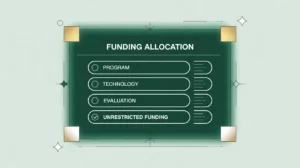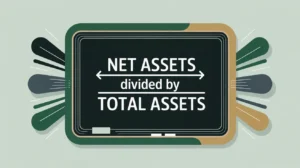Importance of Small Gifts (Grassroots)
Small gifts, often referred to as grassroots donations, represent the collective power of many individuals giving modest amounts. While each contribution may be small on its own, together they create a reliable revenue stream and a broad base of community support. For nonprofits in social innovation and international development, grassroots giving matters because it reflects trust at the community level, diversifies funding away from reliance on large grants, and strengthens accountability to the public. Boards and donors value grassroots contributions because they demonstrate widespread buy-in and legitimacy for the organization’s mission.
Definition and Features
Small gifts are defined as contributions made by individual donors at relatively low levels, often through online platforms, fundraising events, direct mail, or community drives. These gifts are usually:
- Unrestricted, giving nonprofits flexibility in how they are used.
- Recurring or one-time, depending on donor engagement.
- Community-driven, often tied to campaigns, appeals, or peer-to-peer fundraising.
They differ from major gifts (large, concentrated contributions) and institutional grants (structured, restricted funding). Grassroots donations often come in high volume, making donor engagement and retention strategies critical for sustainability.
How This Works in Practice
In practice, nonprofits solicit small gifts through campaigns designed for accessibility and scale. For example, an organization may launch a $20-a-month recurring donation program or run a peer-to-peer fundraising campaign where supporters engage their networks. Digital tools such as crowdfunding platforms, text-to-give campaigns, and social media appeals are common. Finance teams record these as contributions, often without donor restrictions, though some may be designated for specific appeals. Development teams focus on stewardship at scale. This involves thanking donors collectively, sharing updates, and providing low-cost engagement opportunities. Even modest gifts can be upgraded over time through consistent relationship-building.
Implications for Social Innovation
For nonprofits in social innovation and international development, small gifts are a powerful expression of community ownership and solidarity. They expand the donor base, reduce reliance on a small number of large funders, and often bring visibility through grassroots networks. Transparent reporting of grassroots contributions reduces information asymmetry by showing stakeholders how community support underpins financial resilience. Beyond financial value, grassroots giving strengthens advocacy by showing that programs have broad-based public endorsement. By investing in grassroots fundraising, nonprofits not only secure diverse revenue streams but also build movements of supporters who amplify mission impact and sustain long-term change.







